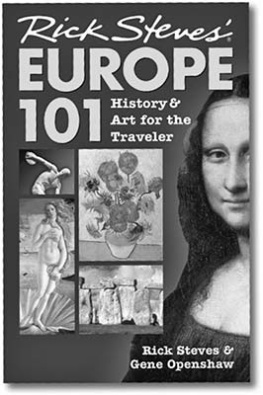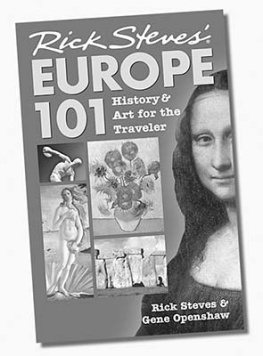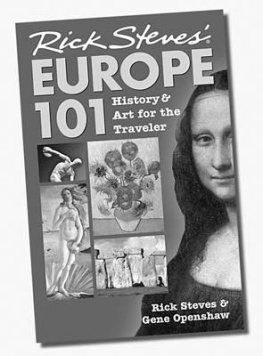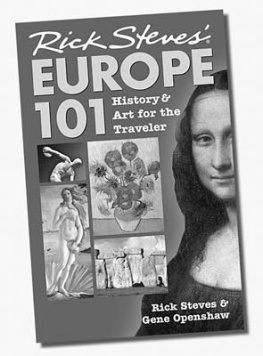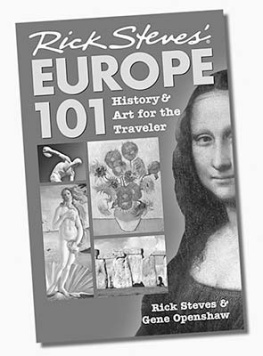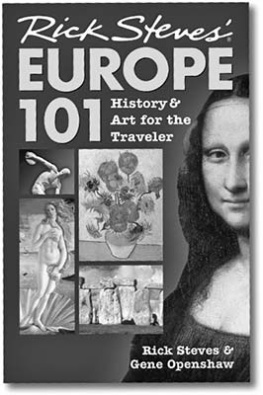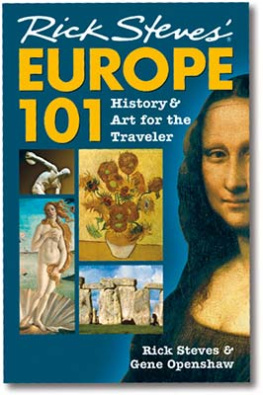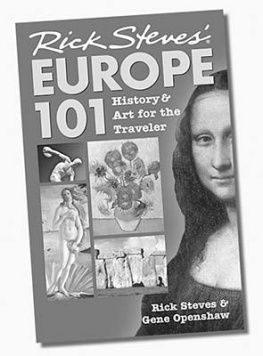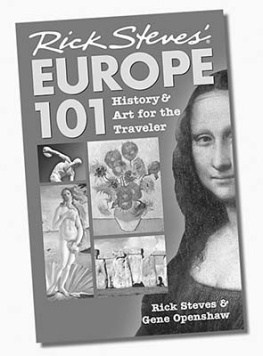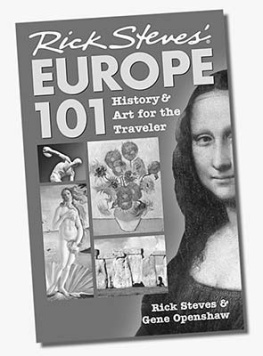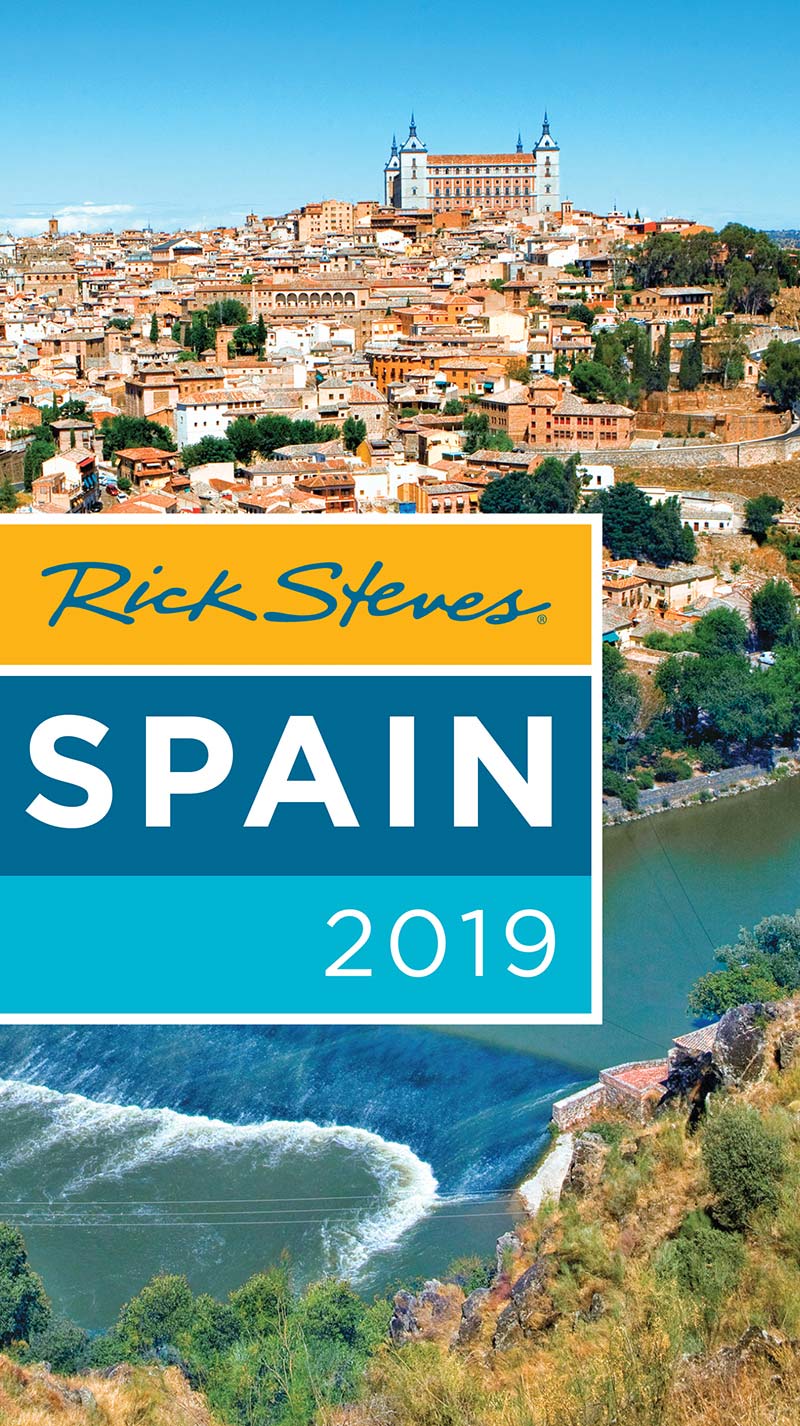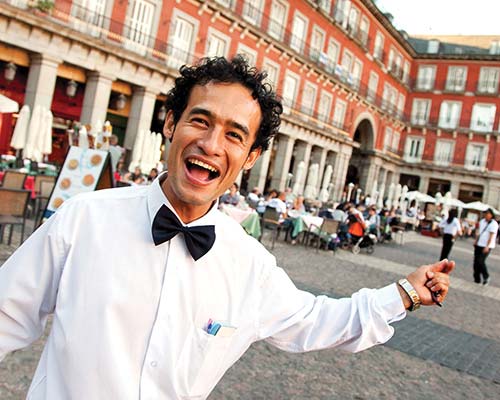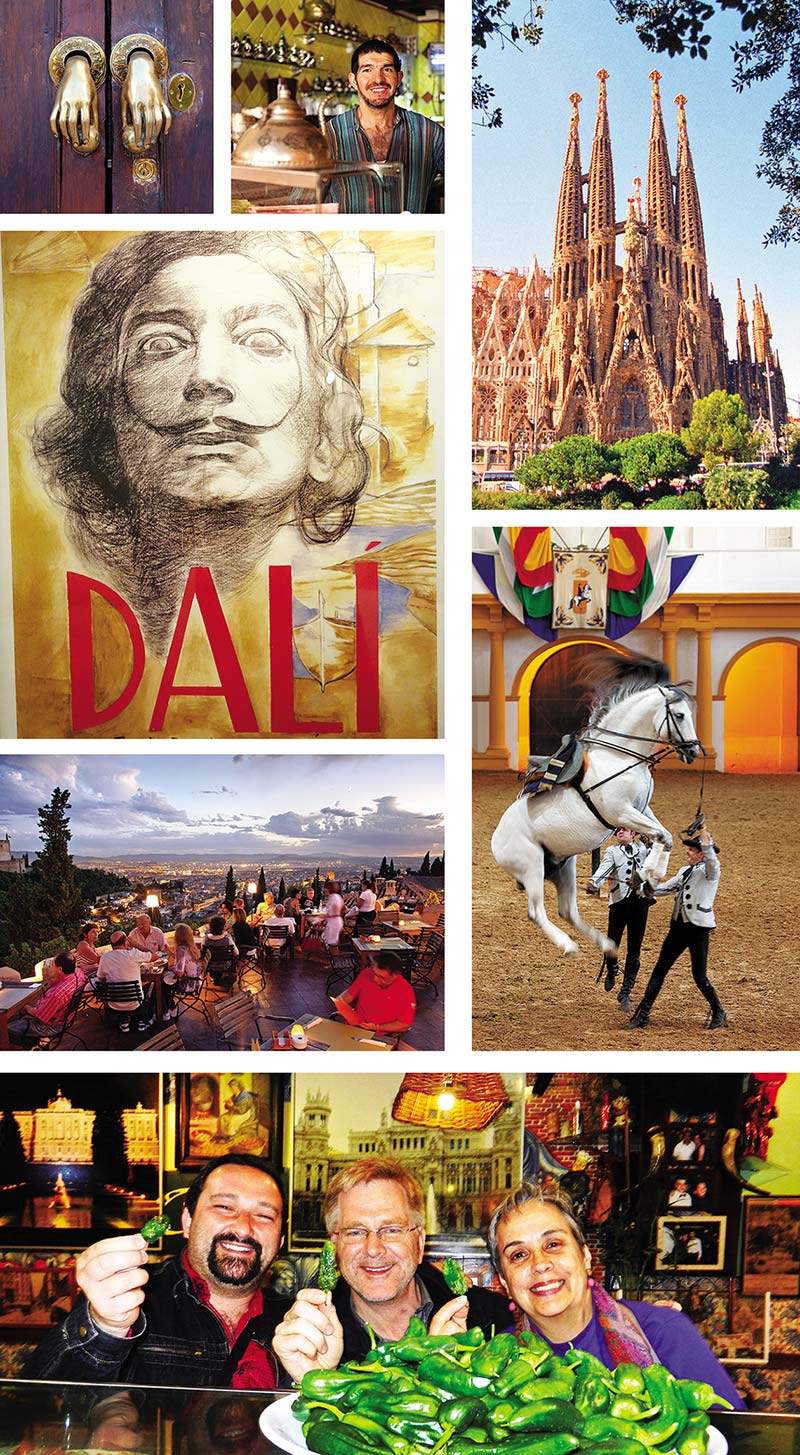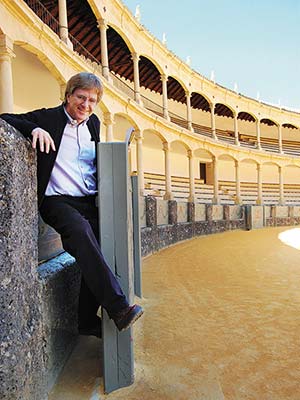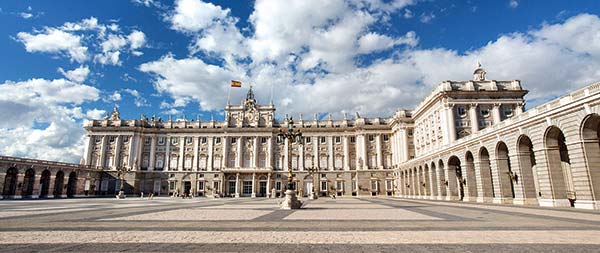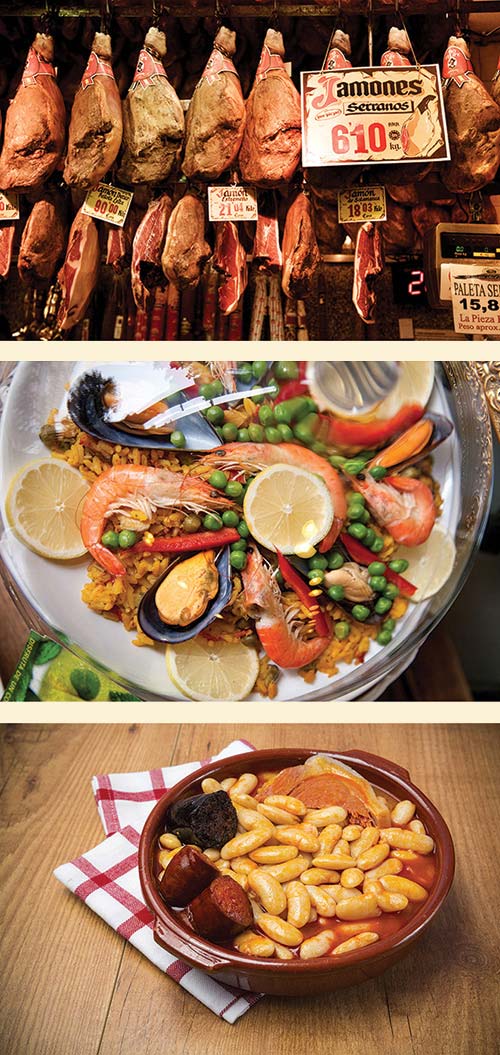Contents
Contents
Rick Steves
SPAIN 2019
Travel is intensified livingmaximum thrills per minute and one of the last great sources of legal adventure. Travel is freedom. Its recess, and we need it.
I discovered a passion for European travel as a teen and have been sharing it ever sincethrough my tours, public television and radio shows, and travel guidebooks. Over the years, Ive taught thousands of travelers how to best enjoy Europes blockbuster sightsand experience Back Door discoveries that most tourists miss.
This book offers you a balanced mix of Spains lively cities and cozy towns, from trendy Barcelona and upbeat Madrid to Andalucas romantic hill towns. Its selective: Rather than listing countless beach resorts, I recommend only my favorite (Nerja). And its in-depth: My self-guided museum tours and city walks provide insight into the countrys vibrant history and todays living, breathing culture.
I advocate traveling simply and smartly. Take advantage of my money- and time-saving tips on sightseeing, transportation, and more. Try local, characteristic alternatives to expensive hotels and restaurants. In many ways, spending more money only builds a thicker wall between you and what you traveled so far to see.
We visit Spain to experience itto become temporary locals. Thoughtful travel engages us with the world, as we learn to appreciate other cultures and new ways to measure quality of life.
Judging by the positive feedback I receive from readers, this book will help you enjoy a fun, affordable, and rewarding vacationwhether its your first trip or your tenth.
Buen viaje! Happy travels!
For the traveler, Spain means many things: bullfights, massive cathedrals, world-class art, Muslim palaces, whitewashed villages, delicious paella, sunny beaches, and lively nightlife. Youll find all of this, but the countrys charm really lies in its people and their unique lifestyle. From the stirring communal sardana dance in Barcelona to the sizzling rat-a-tat-tat of flamenco in Sevilla, this country creates its own beat amid the heat.
Spains spread-out geography makes it seem more like a collection of distinct regions than a centralized nation. In the central plain sits the lively urban island of Madrid. Just south is holy Toledo, a medieval showpiece and melting-pot city with Christian, Muslim, and Jewish roots. Farther south is Andaluca, home to sleepy, whitewashed hill towns and three great cities: Granada (topped with a magnificent Moorish palace), Crdoba (with a massive medieval mosque), and Sevilla (where Holy Week is celebrated as if God were watching). Spains south coast offers a palm-tree jungle of beach resorts along the Costa del Sol, a taste of British fish-and-chips in Gibraltar, and a launch pad to Morocco from Tarifa.
To Spains far north is San Sebastin and the Basque Country, which combine sparkling beaches, cutting-edge architecture, and tasty pintxos (the local take on tapas). In nearby Pamplona, bulls and tourists run for their lives. Gregarious pilgrims hike across northern Spain on their long journey to the cathedral town of Santiago de Compostela. To the east, along the Mediterranean coast, Spain has an almost Italian vibe. Trendy Barcelona, where Antoni Gauds architecture makes waves, keeps one eye cocked toward trends sailing in from the rest of Europe.
Running with the bulls in Pamplona; Segovias towering aqueduct.
Thanks to the Pyrenees Mountains, Spain is physically isolated from the rest of the Continent: It is in Europe, but not of Europe. For more than 700 years (711-1492), Spains dominant culture was Muslim, not Christian. And after a brief Golden Age in the 16th century (financed by New World gold), Spain retreated into three centuries of isolation.
Spains seclusion contributed to the creation of its distinctive customsbullfights, flamenco dancing, elaborate Holy Week processions, and a national obsession with ham. Even as other countries opened up to one another in the 20th century, the fascist dictator Francisco Franco virtually sealed off Spain from the rest of Europes democracies. But since Francos death in 1975, Spaniards have swung almost to the opposite extreme, becoming wide open to new ideas, technologies, and visitors. Tourism is huge here. With 47 million inhabitants, Spain entertains 82 million visitors annually.
Fresh off a plane and headed to my first stop in Spain, I popped into a rustic truck stop for lunch. My traveling spirit did a little leap and I thought, Yes, Espaa! My passport had been stamped, but I didnt really arrive until my teeth broke through the crisp crust of my fresh baguetteand hit jamn.
That ham, dry-cured and aged from happy, acorn-fed pigs, is an example of the rustic intensity of the Spanish culture. Cured ham hocks with pointed toes are found in every La Mancha bar. In Spain, jamn is more than a food; its a way of life. Spaniards thinly slice ham hocks with the same reverence that Americans bring to roast turkey on Thanksgiving. Spains dry central plain isnt that good for grazing, but its perfect for raising black Iberian pigs.
To complement all that ham, 700 years of (porkless) Muslim rule left its mark on Spanish cuisine. The Moors, who were great horticulturists, introduced new herbs and spices. The Moorish legacy is well represented by paella, one of Spains best-known dishes, combining the traditional Middle Eastern flavor of saffron with rice and seafood, sausage, and chicken.
Every region of Spain has specialties worth savoring. In Catalunya, in the northeast, theres fideu, a flavor-infused noodle topped with seafood, and arrs negre, black rice cooked in squid ink. Along the North Atlantic coast, in Asturias, seafood is combined with hearty mountain grub, including giant white faba beans and the powerful Cabrales blue cheese.
Savor Spains many flavors, from cured ham and fresh seafood to hearty beans.
Green, rainy Galicia in the northwest is known for octopus, chopped up and served dusted with paprika. The regions deep-fried green peppers

